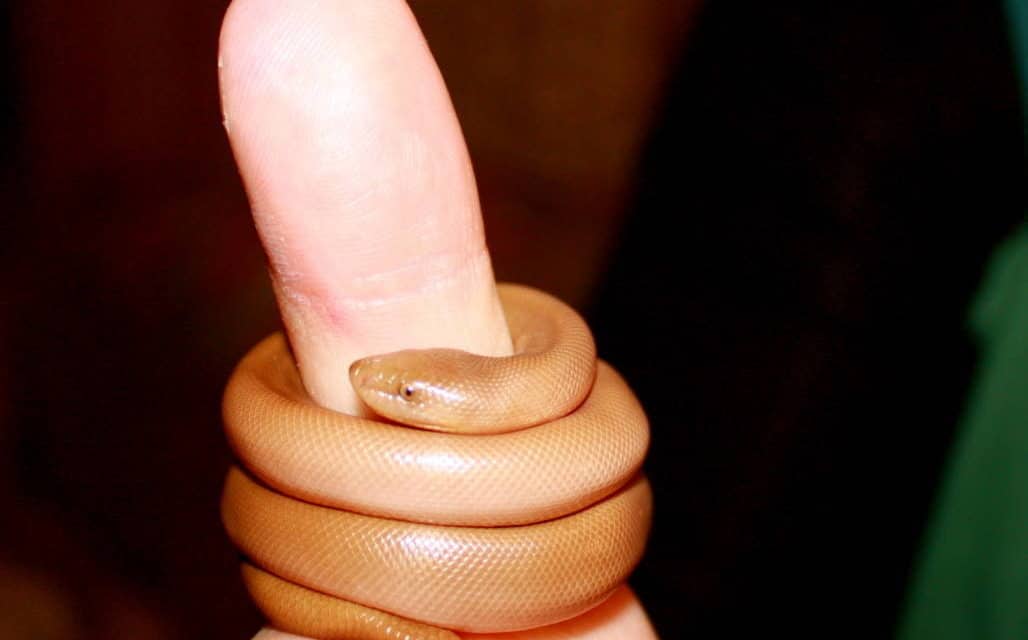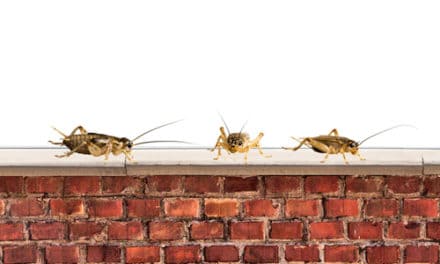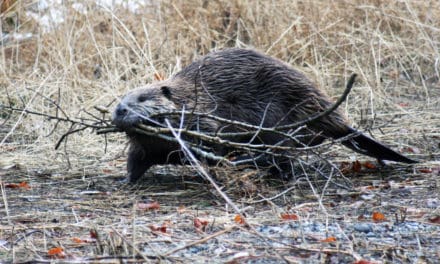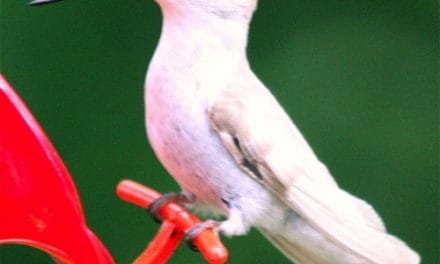By Melissa Wynn
Rubber Boas are a bit of an oddball in the slithering world of snakes. Unlike most snakes, they are perfectly at home in cooler, higher mountain areas. Many cold-blooded creatures prefer to bask in the sunshine, but not the Rubber Boa. These shy serpents prefer to spend the daylight hours underground or under cover beneath logs and rocks. Always cautious, these constrictors do their carousing by night. Slow and stealthy is the way of the Rubber Boa.
As far as snakes go, the Rubber Boa is among the easiest to get along with. Rubber Boas almost never bite. While most snakes will curl up, hiss and strike when cornered, Rubber Boas prefer to try to fake their way out of the situation. Using their blunt, stubby tail, they “strike” from a curled position, hiding their head. This practice is also used when hunting baby rodents. Rubber Boa tails are often scarred from the bites of mother mice attempting to rescue their young from the cunning constrictor. These docile characteristics make the Rubber Boa a very popular pet.
Rubber Boas are a small snake, rarely growing past thirty inches. Living up to fifty years in the wild, these hearty reptiles continue to breed very late in life. Rubber Boas give birth to one to nine live young in mid to late summer.Young snakes are pink or tan and can be brightly-colored. Adult snakes are light brown, dark brown, pink, tan, or olive-green above, and yellow, orange, or cream-colored below. Rubber Boas are usually uniform in color on the back, but sometimes dark spots or mottling occur, especially in northern populations. Smooth, shiny, small-scaled, loose and wrinkled skin gives the snake a rubbery feel and its name.
If I am destined to run across a snake during my hiking adventures, I hope it will be the shy, slow, docile Rubber Boa.
Facts courtesy of californiaherps.com and rubberboas.com
Photo by Nicole Tripp of theroamingnaturalist.com













